Irish Wolfhound
Posted on The Irish wolfhound is a breed of domestic dog (Canis lupus familiaris), specifically a sighthound. The name originates from its purpose (wolf hunting) rather than from its appearance. Irish Wolfhounds are the tallest dog breed on average. Built like a very muscular greyhound, the Irish wolfhound male can attain the stature of a small pony. Its large, long head tapers to a medium point and is held high. Ears are small and stay close to the head except during moments of intensity. Strong shoulders, a muscular neck, a deep chest and a retracted abdomen give the dog its characteristic body shape. Paws are large and round. The tail is carried between the legs, curving slightly upward. The coat is rough, shaggy, wiry and especially bushy over the eyes and under the jaw. ...read more
The Irish wolfhound is a breed of domestic dog (Canis lupus familiaris), specifically a sighthound. The name originates from its purpose (wolf hunting) rather than from its appearance. Irish Wolfhounds are the tallest dog breed on average. Built like a very muscular greyhound, the Irish wolfhound male can attain the stature of a small pony. Its large, long head tapers to a medium point and is held high. Ears are small and stay close to the head except during moments of intensity. Strong shoulders, a muscular neck, a deep chest and a retracted abdomen give the dog its characteristic body shape. Paws are large and round. The tail is carried between the legs, curving slightly upward. The coat is rough, shaggy, wiry and especially bushy over the eyes and under the jaw. ...read more
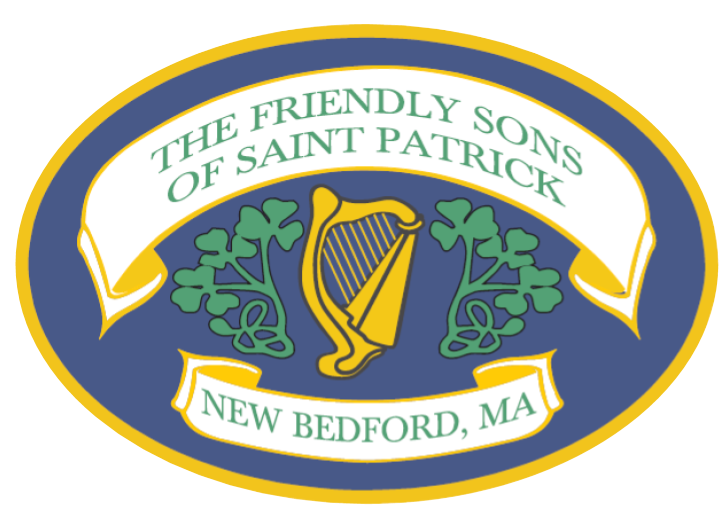
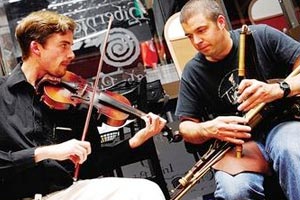
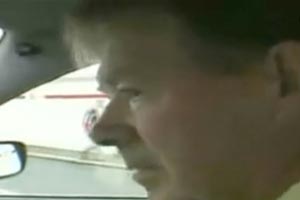
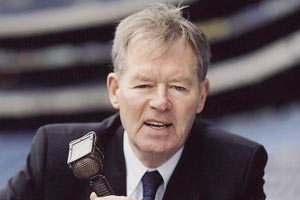 Mícheál Ó Muircheartaigh – born 20 August 1930 in Dún Síon, Dingle, County Kerry, (Irish Free State) is an Irish Gaelic games commentator for Raidió Teilifís Éireann. In a career that has spanned six decades he has come to be regarded as the natural successor of Michael O’Hehir as the “voice of Gaelic games.”
Mícheál Ó Muircheartaigh – born 20 August 1930 in Dún Síon, Dingle, County Kerry, (Irish Free State) is an Irish Gaelic games commentator for Raidió Teilifís Éireann. In a career that has spanned six decades he has come to be regarded as the natural successor of Michael O’Hehir as the “voice of Gaelic games.” 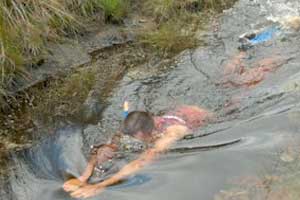
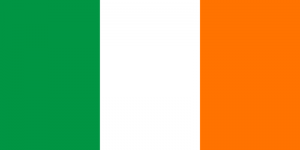
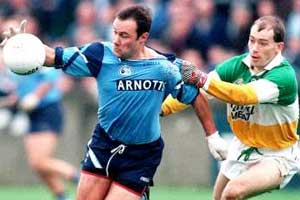
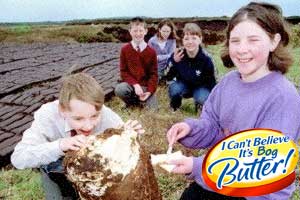
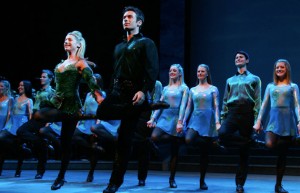
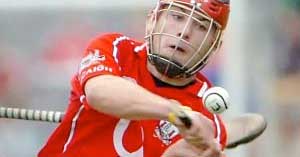
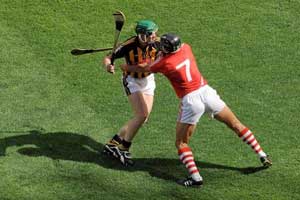

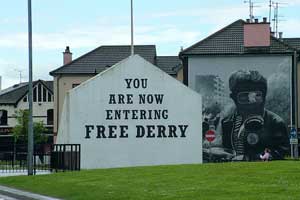

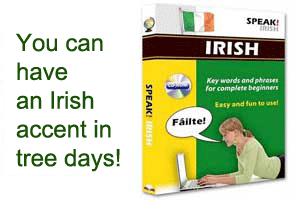


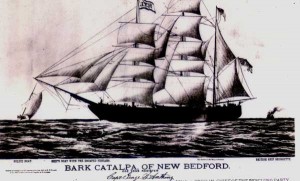

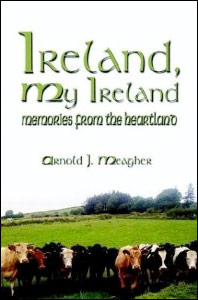 For anyone with an interest in how daily life was experienced in rural Ireland, in the mid-20th Century, a wonderful new resource is now available. Ireland, My Ireland, by Arnold J. Meagher (Publish America Books, $19.95) is a warm personal account of the life of a growing boy, on a small farm in County Longford, in the 1940s and ‘50s.
For anyone with an interest in how daily life was experienced in rural Ireland, in the mid-20th Century, a wonderful new resource is now available. Ireland, My Ireland, by Arnold J. Meagher (Publish America Books, $19.95) is a warm personal account of the life of a growing boy, on a small farm in County Longford, in the 1940s and ‘50s.